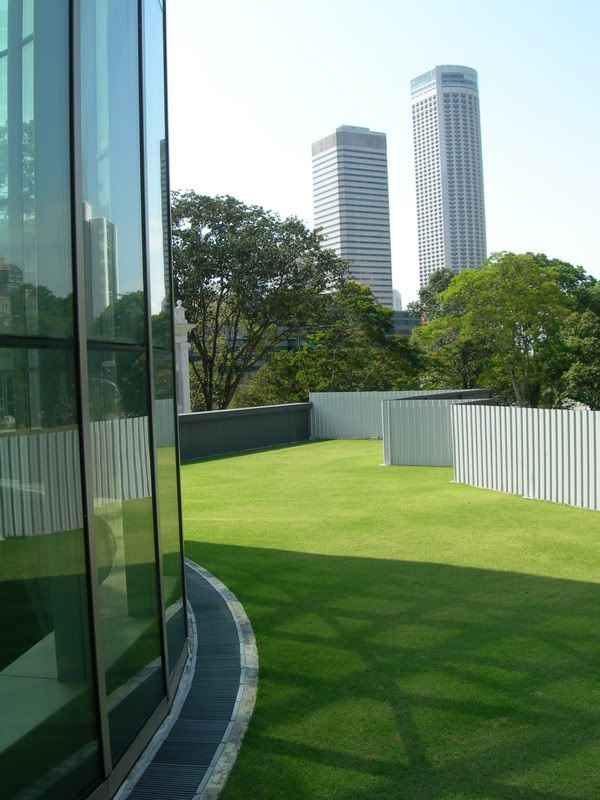Ngày xưa có post cái này trên OF, nay post lại:
http://www.dcmag.co.uk/How_to_shoot_spider_webs.YY919bVo39cnPg.html
How to shoot spider webs
It’s a great time to try your hand at web photography – garden spiders are out in force, colonising back gardens, parks and woodlands everywhere. Not only are their large, intricate orb webs a spellbinding photographic subject, but the females also hang motionless in the centre, providing the perfect opportunity for intimate spider portraits.
All you need to get started is a tripod and a macro lens, telephoto lens with an extension tube or a telezoom with close-focusing capabilities. Your biggest challenge will be to handle the extremely shallow depth of field associated with close-up photography, and the fact that the slightest breeze can blow your web and its host out of focus.
1. Make a test shot
Caefully position your tripod to avoid dislodging any supporting web filaments and make a test shot, checking the exposure via your histogram. With my ISO set to 100 and aperture at f/3.3, depth of field was too shallow at this angle to get the whole spider sharply focused. The background and the spider’s central placement were also unsatisfactory.
2. Fine-tune depth of field
Shooting parallel to the web and switching to f/7.1 gave enough depth of field while keeping the background defocused. To avoid motion blur, the ISO needed boosting.
3. Refine the composition
The new composition was more pleasing, but by reframing to eliminate the background highlights I was able to create an even stronger result. With one shot in the bag it was time to try a different composition.
4. Focusing manually
This exposure proved more difficult to nail because the wind was up, making it near impossible for the AF system to lock on target. Switching to manual focusing enabled me to focus more quickly and accurately.
5. Using fill-flash
With the sun now side-lighting the spider, I felt a burst of fill-flash was needed to illuminate her more evenly and make the web really stand out. To prevent highlight burnout the flash intensity had to be reduced.
6. Brilliant backlighting
Happy with my fill-flash shot I wanted to make further use of sun’s ever-changing position – it was now backlighting the subject beautifully. Unfortunately, facing the web directly resulted in terrible flare.
7. Dealing with flare
The answer was to create a makeshift flare hood by folding a few black bin liners into a rectangular pad. Holding this over the top of the lens and checking the viewfinder I was able to eliminate the flare.
8. Abstract compositions
By shooting from an oblique angle or moving in ultra-close you can create stunning abstract studies. Shallow depth of field may prove trickier to manage though, making accurate focusing critical than ever.










